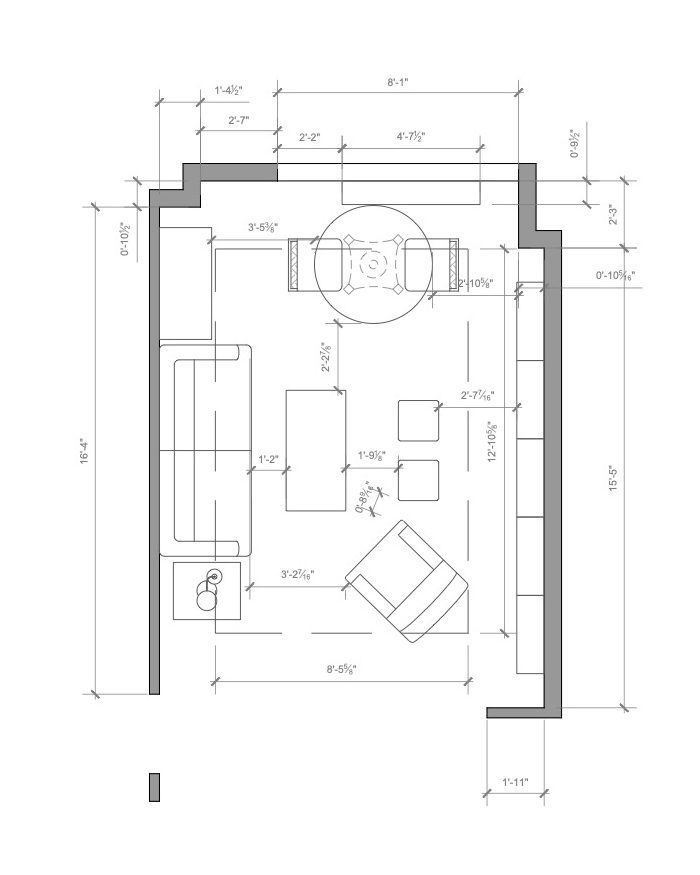The history of the colosseum of Rome
The history of the colosseum of Rome - The Colosseum of Rome, also known as the Flavian Amphitheater, is one of the largest and most famous monuments of antiquity, representing one of the greatest expressions of Roman architecture and engineering.

The Colosseum of Rome, also known as the Flavian Amphitheater, is one of the largest and most famous monuments of antiquity, representing one of the greatest expressions of Roman architecture and engineering.
The construction of the Colosseum began in 72 AD under Emperor Vespasian and was completed in 80 AD under his son Titus. The Colosseum, which can seat up to 80,000 spectators, was used for gladiatorial games and wild animal shows for over 500 years.
The Colosseum was built on an area previously occupied by Emperor Nero's private baths, and the ground was leveled to create a large arena for the shows. The Colosseum was built using Roman architectural technology, with a masonry structure and a combination of travertine, tuff, and bricks. The Colosseum was also decorated with colored marbles and statues, which were imported from various parts of the Roman Empire.
The Colosseum had an innovative engineering system for managing the flow of people and water. There were 80 entrances, which allowed for quick access and exit of the spectators, and a system of underground channels for water drainage and arena irrigation.

















